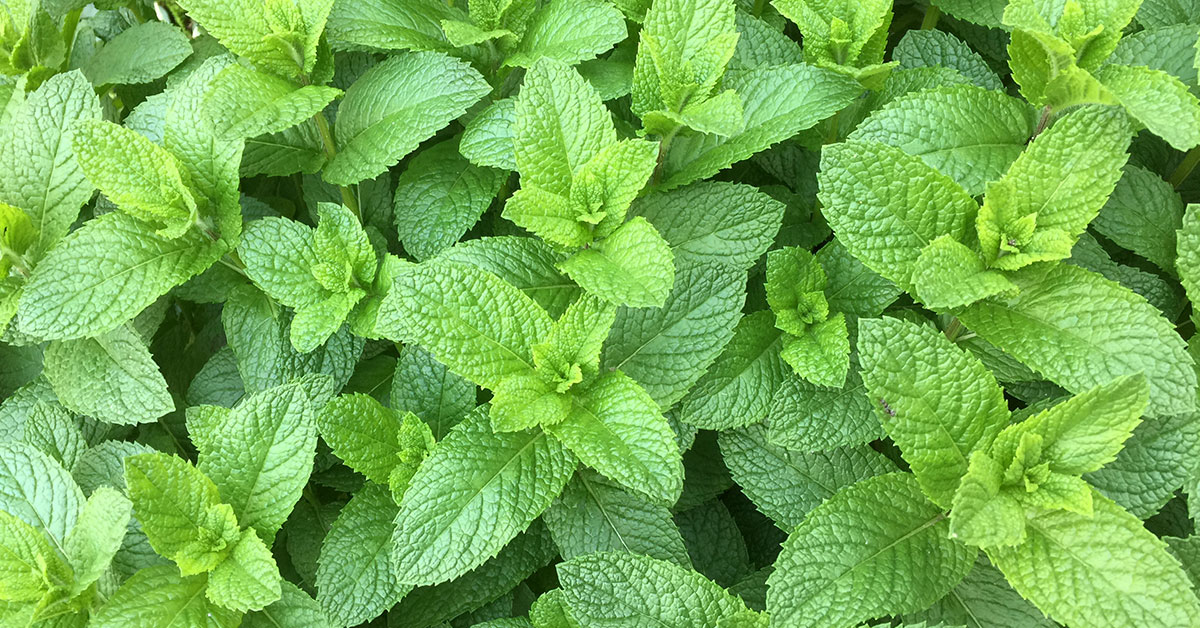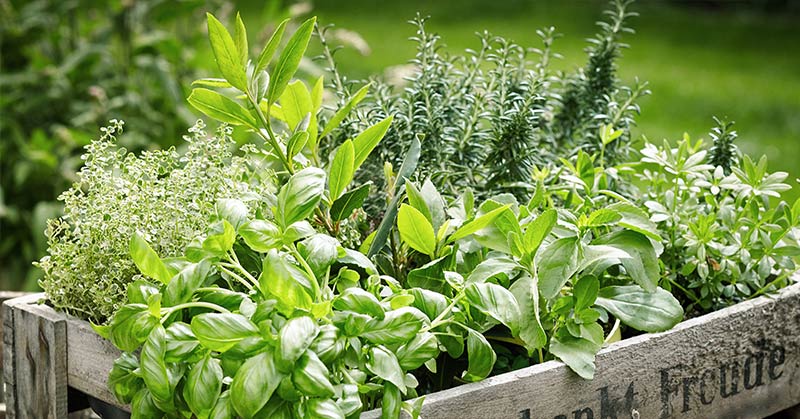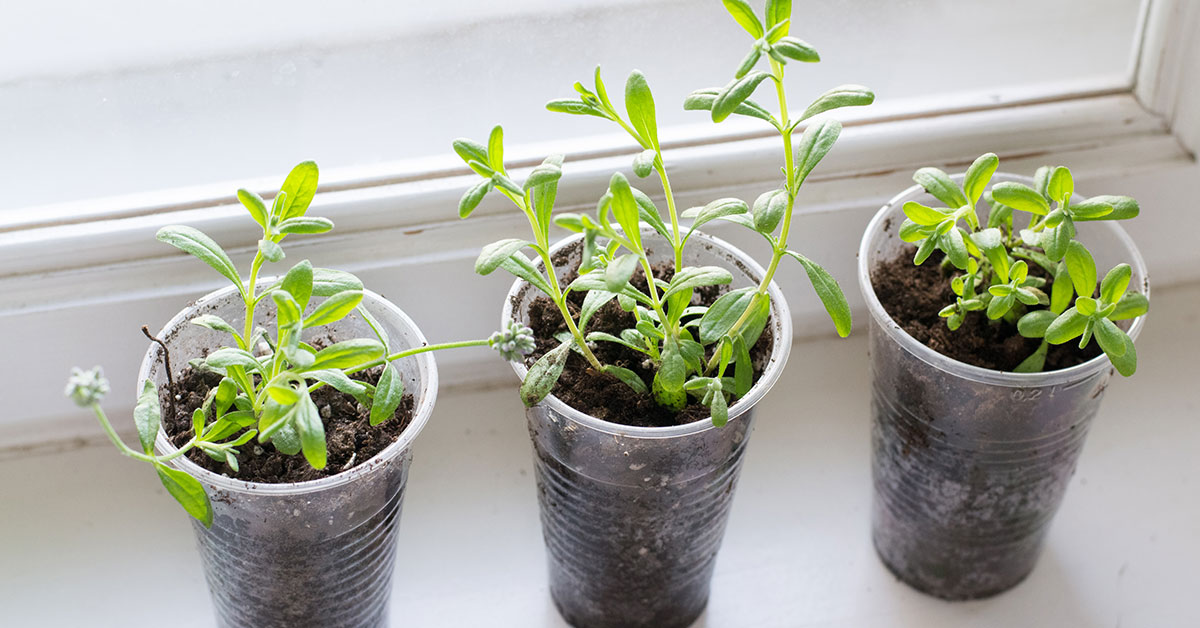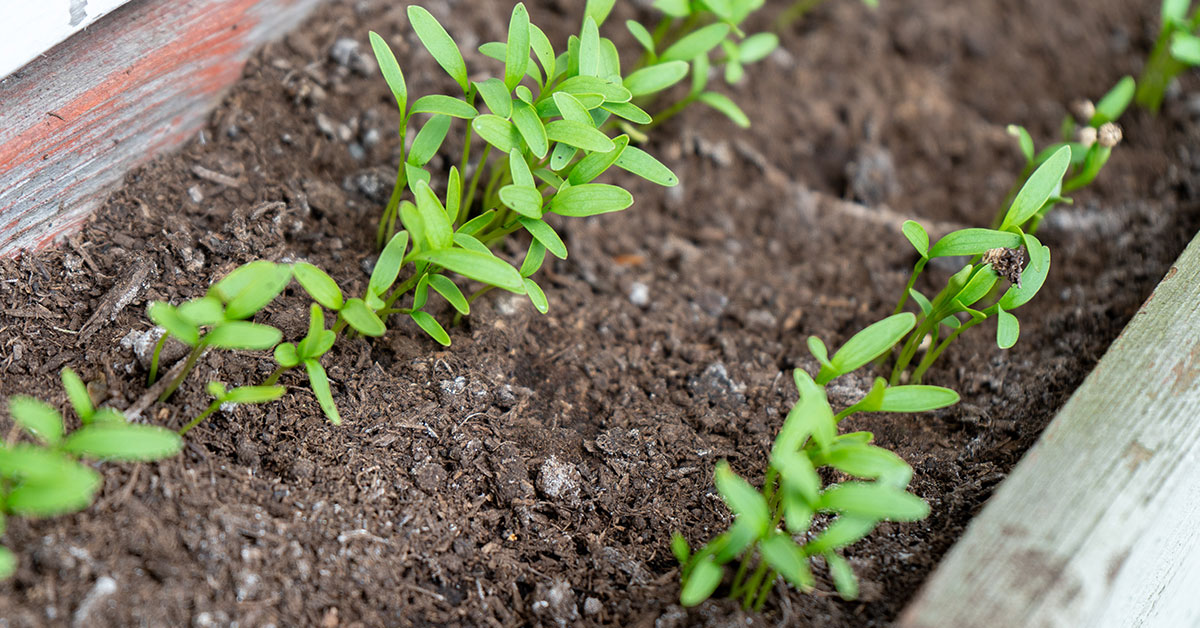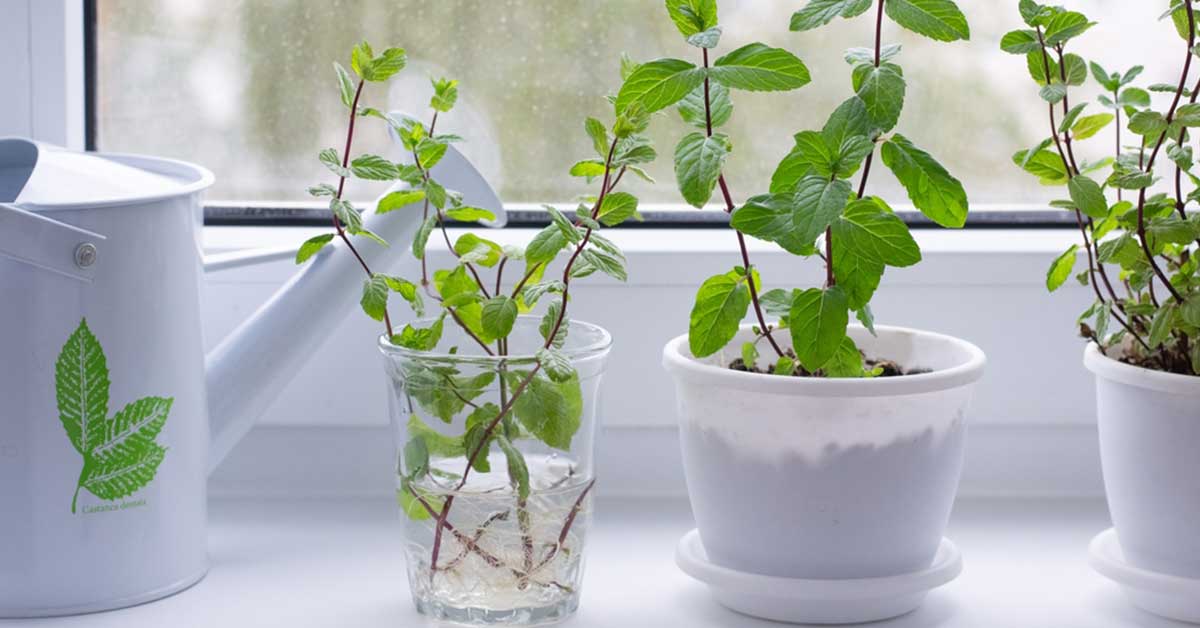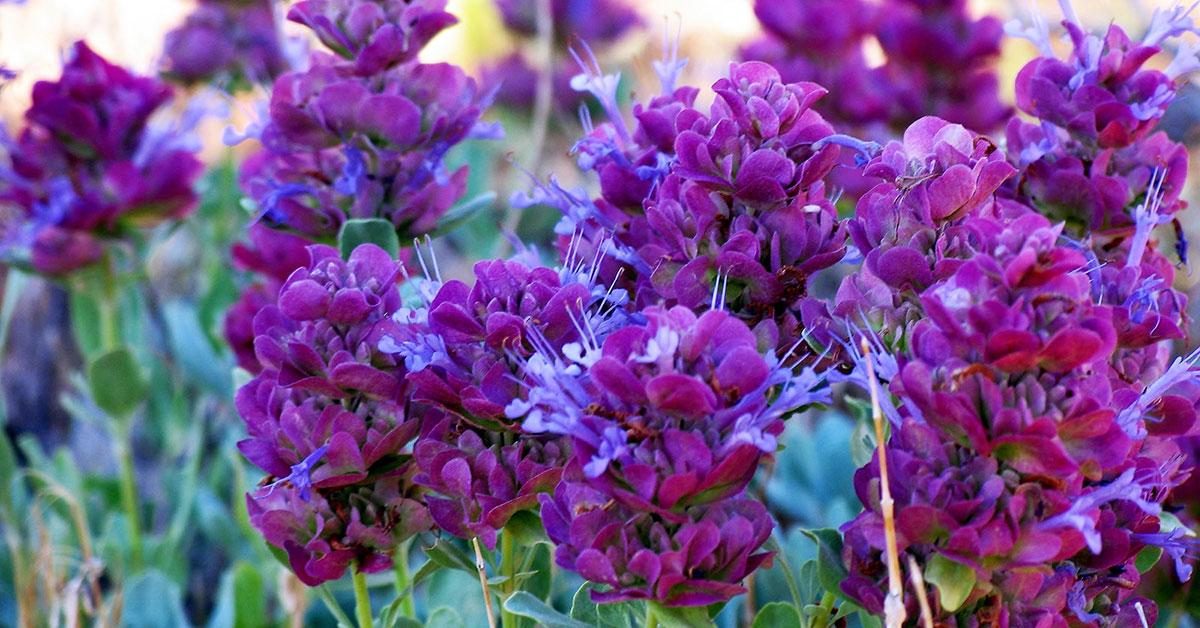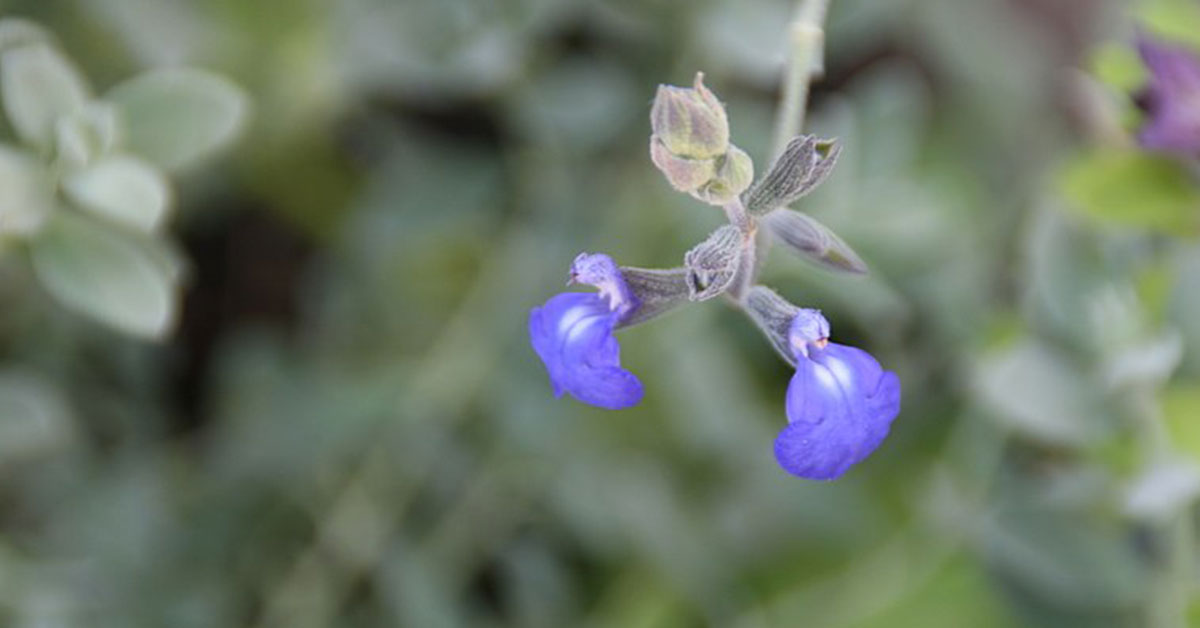Spearmint (Mentha spicata) is a perennial herb that belongs to the mint family. It is native to Europe and Asia, but it has been naturalized in many regions of the world. Spearmint is widely known for its refreshing and cooling aroma, and it is commonly used in a variety of culinary and medicinal applications. The plant has a long history of use in traditional medicine, and it is revered for its many health benefits. In this blog post, we will explore the history, uses, and benefits of spearmint, as well as some tips for incorporating it into your daily life.
What is a Spearmint?
Spearmint, also known as Mentha spicata, is a species of mint that is native to Europe and Asia. It is a perennial herb that grows up to 1 meter tall and has a square stem. The leaves of the spearmint plant are bright green, serrated, and lance-shaped.
Spearmint is a member of the mint family and is closely related to other types of mint, such as peppermint and wintergreen. It is commonly used in cooking and herbal medicine due to its refreshing and minty flavor and aroma.
The plant is easy to grow and can be found in many parts of the world, including North America, Asia, and Europe. It is often used in teas, desserts, and as a flavoring agent in various dishes.
In addition to its culinary uses, spearmint has been used for its medicinal properties for centuries. It is believed to have anti-inflammatory, antispasmodic, and antibacterial effects. It is often used to treat digestive problems, such as bloating and gas, as well as respiratory issues such as coughs and colds.
Overall, spearmint is a versatile herb that has many uses in both culinary and medicinal applications. Its refreshing flavor and aroma make it a popular choice for teas, desserts, and other dishes. Its potential health benefits make it a valuable addition to any herbal medicine cabinet.
What makes Spearmint (Mentha spicata) different from other varieties?
Spearmint is widely used in culinary dishes, teas, and other applications for its many health benefits. While there are many varieties of mint, spearmint is unique in several ways.
One of the main differences between spearmint and other types of mint is its flavor. Spearmint has a sweeter, milder taste compared to the more pungent and minty flavor of peppermint (Mentha x piperita). This makes spearmint a great choice for adding a fresh and subtle taste to foods and beverages.
Another characteristic that sets spearmint apart from other mint varieties is its appearance. Spearmint leaves are typically smaller and more narrow than other types of mint, and they have a bright green color. The plant itself can also grow to be quite tall, reaching up to three feet in height.
Spearmint is also known for its medicinal properties. It has been used for centuries to treat a variety of ailments, including digestive issues, respiratory problems, and headaches. Spearmint contains several compounds, including menthol and rosmarinic acid, which have anti-inflammatory and antioxidant effects.
Overall, spearmint is a versatile and unique herb that stands out from other mint varieties due to its mild flavor, appearance, and health benefits. Whether you are using it in cooking, brewing tea, or for its medicinal properties, spearmint is a great choice for adding a refreshing touch to your life.
How to grow Spearmint
If you’re interested in growing mint in your garden or in containers, here’s a brief guide to help you get started:
- Choosing a Location: Select a location that receives partial to full sun. Mint can tolerate some shade but prefers sunlight for optimal growth. Ensure the area has well-drained soil.
- Obtaining Mint Plants: Purchase mint plants from a nursery or garden center, or propagate them from cuttings. Mint can also be grown from seeds, but it’s generally easier and faster to start with established plants.
- Planting Mint: Dig a hole slightly larger than the root ball of your mint plant. Place the plant in the hole, ensuring it is at the same depth as it was in the container. Fill the hole with soil and gently firm it around the plant. Space multiple plants about 12 to 18 inches apart to allow for their spreading habit.
- Watering and Soil: Mint prefers consistently moist soil. Water the plants regularly, keeping the soil evenly moist but not waterlogged. Avoid letting the soil dry out completely between waterings. Use mulch around the base of the plants to help retain moisture and suppress weed growth.
- Maintenance: Regularly check for pests and diseases. Monitor the plants for any signs of infestation or damage, such as aphids or leaf discoloration, and take appropriate action if needed. Prune back any leggy or overgrown stems to encourage bushier growth.
- Harvesting Mint: You can start harvesting mint leaves once the plants have become established. Harvest by snipping off individual leaves or cutting stems just above a set of leaves. Regular harvesting will encourage new growth and keep the plant bushy and healthy. Enjoy fresh mint leaves in beverages, salads, desserts, or use them for culinary purposes.
- Containing Mint: To control the spreading nature of mint, consider planting it in containers or using barriers like buried pots or root guards in the ground. This will help prevent it from taking over your garden.
By following these simple steps, you can successfully grow your own mint, providing a fresh supply of aromatic leaves for culinary delights and adding a delightful fragrance to your garden.
Common problems
Mint is a versatile and aromatic herb that can be a wonderful addition to any garden or herb collection. However, like any plant, mint can encounter certain issues that may affect its growth and vitality. Here is a brief guide to common problems you may encounter when growing mint, along with some tips on how to address them:
- Overwatering: Mint prefers moist but well-draining soil. Overwatering can lead to root rot and other fungal diseases. Ensure the soil has adequate drainage and water only when the top inch of soil feels dry.
- Poor Drainage: Mint requires good drainage to prevent waterlogged roots. If your soil retains excess moisture, consider adding organic matter or planting mint in containers with drainage holes.
- Lack of Sunlight: Mint thrives in full sun to partial shade, typically requiring at least 4-6 hours of sunlight per day. If your mint is not receiving enough sunlight, consider relocating it to a sunnier spot.
- Insufficient Air Circulation: Mint can be susceptible to fungal diseases if it lacks proper air circulation. Plant mint with sufficient spacing between plants to allow air to flow freely and reduce humidity around the leaves.
- Invasive Growth: Mint has a reputation for spreading vigorously and can become invasive if not properly contained. To prevent its aggressive growth, consider planting mint in containers or using root barriers in the ground.
- Pests: Mint can attract pests such as aphids, spider mites, and mint flea beetles. Monitor your plants regularly and take appropriate action at the first sign of infestation. Use organic insecticidal soaps or sprays, or try attracting beneficial insects that feed on these pests.
- Disease: Mint can be susceptible to fungal diseases like powdery mildew and rust. To prevent these diseases, avoid overhead watering, provide adequate spacing for air circulation, and promptly remove any infected leaves.
By being aware of these common problems and taking preventive measures, you can ensure healthy and thriving mint plants in your garden. Regular monitoring, proper care, and timely intervention will help you enjoy the fresh, aromatic leaves of your mint plant throughout the growing season.
Uses
Spearmint is used in a wide variety of applications. This herb is native to the Mediterranean region, but it has since spread to other parts of the world due to its numerous benefits. Here are some of the most common uses for Spearmint:
- Culinary Uses: Spearmint is frequently used in cooking and baking. Its refreshing and cooling flavor makes it a popular ingredient in desserts, beverages, and even savory dishes. Spearmint is a key ingredient in many Mediterranean and Middle Eastern dishes, such as tabbouleh, tzatziki, and mint tea.
- Medicinal Uses: Spearmint has a long history in traditional medicine for its various medicinal properties. It is known to help ease indigestion, nausea, and other digestive problems. Spearmint is also used to relieve menstrual cramps and other menstrual-related symptoms. Additionally, it is believed to have anti-inflammatory and antibacterial properties that can help boost the immune system.
- Personal Care and Beauty: Spearmint is a popular ingredient in personal care and beauty products due to its refreshing and invigorating scent. It is commonly used in toothpaste, mouthwash, and other oral care products due to its antibacterial properties. Spearmint oil is also used in aromatherapy to help relieve stress and promote relaxation.
- Pest Control: Spearmint is a natural insect repellent. Its strong scent can help keep pests like ants, mosquitoes, and flies away. Spearmint essential oil is often used in natural pest control solutions for the home and garden.
Overall, Spearmint (Mentha spicata) is a versatile herb with a wide range of uses. Whether you’re using it in the kitchen, for medicinal purposes, or to keep pests away, Spearmint is a great addition to any home.
